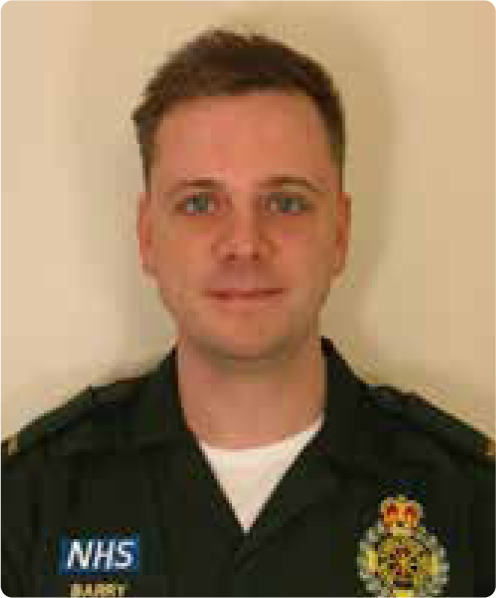
The single greatest piece of career advice I ever received was in my 2nd year at university when I asked a HEMS paramedic what qualities the air ambulance services look for in their clinicians, and what in her view made a ‘good’ paramedic? Ready for a list of qualifications, publications, years of experience, and titles, I was stunned when she said simply: ‘Don't be a d**k’.
I never began to appreciate the intricacies of this until I actually started working in the service as an newly qualified paramedic (NQP) all of 6 months ago, and I am still trying to fully decipher it to this day. At the crux of it is a question I ask myself on a daily basis that is an inherent part of human nature: ‘how do I fit in?’. While there are no definitive answers to this, here are some things that I feel have helped me out along the way and made my first few months as an NQP a bit easier.
Don't be afraid to laugh—with others, and even at yourself.
On my first morning as a student paramedic on station, I was so nervous deciding what to wear. I didn't want to look silly in front of the seasoned paramedics so I decided the safest course of action would be to wear all of the clothes the trust provided me with; that way, I couldn't go wrong. However, when I entered into the crew room with my hi-vis jacket on, my Littmann stethoscope proudly latched around my neck, complete with my batman utility belt and helmet casually swinging by my side, I was met with an explosion of laughter, followed by my then clinical mentor swiftly escorting me to place of safety—and just like that, ‘Dr Baz – the Blue-Light Crusader’ was born! A title I shamelessly embraced for the remainder of my 1st year uni placement.
Challenging others in a positive way.
I have found that this can raise its head when working in a team of differing clinical grades where everyone may not know each other, and may have opposing views with regards to patient care, such as a stressful resus scenario where individual bandwidth is already stretched to its limits. However, challenging others does not need to be confrontational and, if done constructively and in a courteous manner, can help to create a flat hierarchy, whereby everyone feels comfortable speaking out, which will only benefit the care of the patient. This is not an exact science but there are some helpful frameworks out there such as PACE (Probe, Alert, Challenge, Emergency), which can provide structure to such a challenging aspect of the job.
Be an advocate for building others up.
It's routinely said that as paramedics, we are our own worst critics. We beat ourselves up after a tough patient encounter, focusing more on the negative aspects of the job and less on what was done well. Taking that extra bit of time for someone in a debrief at scene, or just chatting on station to highlight the positive aspects of their performance, will no doubt make their day. For the last 4 years, I have had the joy of working with and learning from outstanding clinicians in the service, including the critical care paramedics at my station. For all their knowledge, experience, and advanced interventions, the skill I most admired was their ability to turn up to a challenging scene and empower an entire team of clinicians without even laying hands on the patient. As NQPs, there is no reason we shouldn't aim to emulate such leadership qualities in our everyday practice and work to build up those around us.

